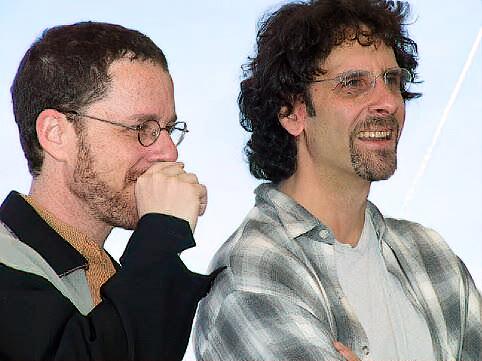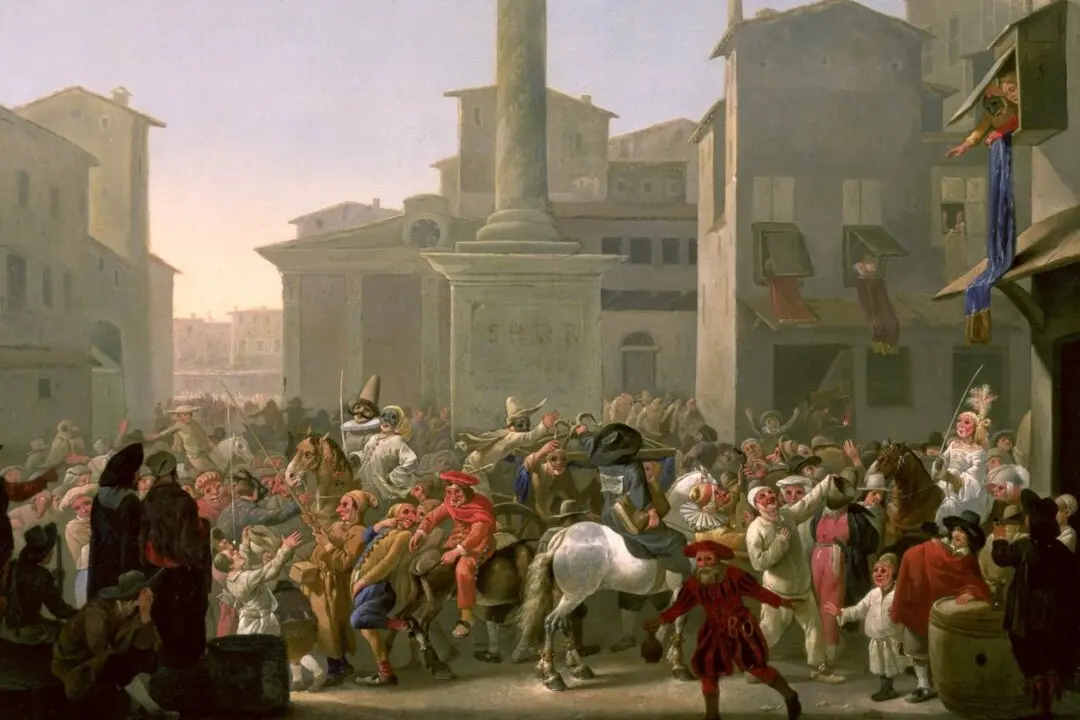The 18 films of Joel and Ethan Coen are remarkable for their range of story content, from gangster tales to Hollywood stories to modern comedy, Westerns, and complex allegories. Through most, if not all of them, run a double thread: the masculine need to counter bad actions with good ones, and the feminine role in shaping the masculine.
Despite current talk about toxic masculinity, masculinity itself is neither “good” nor “bad.” It is a condition. To repeat a generally accepted view, masculinity relates to the outer world with the goal of problem-solving. By contrast, femininity is the condition of relating to the inner world with the goal of nurturing.






